The automobile industry stands at the cliff of an enormous shift, propelled by automotive digital transformation strategies. What turned into a realm dominated by mechanical engineering and physical craftsmanship is now undergoing a change, where digitalization in the automotive sector intertwines seamlessly with the conventional factors of automotive manufacturing, design, sales, and the driving experience itself.Digital technologies are infusing every side of the automotive ecosystem, reshaping it in profound ways. From the manufacturing shop floor, where smart manufacturing strategies driven by IoT and AI optimize manufacturing methods, to the showroom, where augmented reality (AR) and digital configurators revolutionize automobile shopping experience, the effect of digitalization is intense.This transformation is not just limited to the tangible dominance of hardware; it extends into the intangible potential of software programs, in which where advanced driver-assistance systems and automotive technology solutions redefine the very concept of mobility. As the global automotive industry hurtles towards an electrified, connected, and autonomous future, the know-how of the nuances of its digital transformation turns vital.This blog explores the complexities of this transformation, highlighting digital transformation trends in automobiles, challenges, and examples that serve as inspirations illuminating the path forward.
Digitalization in Automotive Manufacturing
Digitalization in the automotive sector drives a significant shift in how automobiles are produced, revolutionizing each step of the manufacturing method with digital technologies. One striking example of this change is the implementation of IoT (Internet of Things) sensors in production plants. These sensors are strategically deployed throughout the value chain, accumulating real-time statistics on equipment overall performance, manufacturing performance, and product excellence. By harnessing this data, automakers can optimize their operations, reduce downtime through predictive renovation, and make certain consistent products exceptional.For instance, Ford Motor Company's manufacturing centers embrace the IoT to create a connected atmosphere wherein machines communicate with each other, presenting valuable insights into their fitness and overall performance. IoT sensors monitor everything from conveyor belts to robotic arms through the Ford Production System, enabling proactive protection and minimizing production disruptions. This proactive technique not only improves efficiency and reduces production cost but also enhances worker protection by way of figuring out hazards before they occur. By leveraging Automotive digital transformation strategies, automakers can streamline their operations and growth productiveness and adapt to evolving market demands with agility.
Transformation in Vehicle Design and Development
Automobile industry modernization has profoundly impacted the technique of vehicle design and development, ushering in a technology of unparalleled innovation and efficiency. One extensive element of this alteration is the adoption of Computer-Aided Design (CAD) software and Virtual Reality (VR) simulations. These tools empower engineers to conceptualize, design, and refine automobile prototypes in virtual environments, minimizing the need for physical prototypes and accelerating the development cycle.An example of automobile industry digitalization benefits in vehicle layout and improvement is the technique of Tesla, the trailblazer in the electric-powered vehicle era. Tesla leverages advanced simulation software to create virtual prototypes of its automobiles, allowing engineers to iterate rapidly on layout designs and examine performance parameters without the limitations of physical trying out. By simulating numerous situations and conditions, Tesla can best tune car aerodynamics, battery efficiency, and average performance with precision.Furthermore, Tesla's use of digital twins—virtual replicas of physical automobiles—allows non-stop monitoring and optimization even after the automobiles are deployed on the road. Real-world data collected from Tesla's fleet of cars feeds back into the digital twin models, facilitating ongoing refinement and improvement via over-the-air software program updates.
Digitalization in Automotive Sales and Marketing
The digitization of sales and advertising within the automotive industry has redefined how automakers interact with clients and power sales. One prominent manifestation of automotive digital transformation strategies is the combination of digital channels and technology in car shopping. For example, online configurators offer clients the potential to personalize their automobiles according to their choices from the comfort of their homes.Porsche, renowned for its high-performance sports automobiles has embraced automotive technology solutions to provide immersive and personalized experiences to potential customers. Through its online configurator, clients can meticulously customize each element in their dream Porsche, from the exterior color to the indoor design, allowing them to visualize their desired configuration in stunning detail.The Porsche AR Visualizer app enables users to venture virtual Porsche models into actual environments using their smartphones or tablets. It provides a sensible representation of ways the vehicle could seem in their driveway or garage. By leveraging digitalization in automotive sector, Porsche complements customer engagement, streamlines the acquisition process, and cultivates a deeper emotional connection with brand.
Digital Transformation in the Driving Experience
Automobile technology integration has revolutionized the driving experience, ushering in a brand-new generation of safety, comfort, and connectivity on the roads. Central to this change is advanced driver assistance systems (ADAS), which leverage a combination of sensors, cameras, and AI algorithms to augment drivers' abilities and enhance vehicle protection.A compelling example of Automobile industry modernization is the evolution of adaptive cruise management (ACC) systems. Traditionally, cruise-manipulated structures allowed drivers to set a steady velocity for their cars, decreasing fatigue during long motorway journeys. However, with the appearance of digitalization, ACC structures have become more sophisticated, incorporating radar and digital camera sensors to preserve a secure distance from motors in advance and automatically regulate pace to match the traffic flow.Moreover, modern ACC structures frequently integrate with lane-retaining assistance and automatic braking technologies, offering a comprehensive suite of safety capabilities that help save you from accidents and mitigate the severity of collisions. These improvements now enhance driver comfort and self-assurance and pave the way for more and more self-sufficiency in using talents within destiny. By adopting automotive digital transformation strategies within the driving experience, automakers are not simply making roads more secure but also shaping global mobility's destiny in the direction of an extra efficient and interconnected transportation ecosystem.ConclusionThe digital transformation of the automotive industry is reshaping each factor of the automotive ecosystem, from manufacturing to sales and beyond. Automakers can improve performance, scale purchasers' experience, and foster innovation by adopting digital technologies. However, knowing the full capability of Digital transformation solutions in the automotive sector requires robust current state analysis and a comprehensive plan to overcome challenges such as cybersecurity, data privacy, and the safety of workers using data and analytics. The automotive industry can pave the way for more secure, connected, and sustainable mobility by addressing these challenges.
.avif)



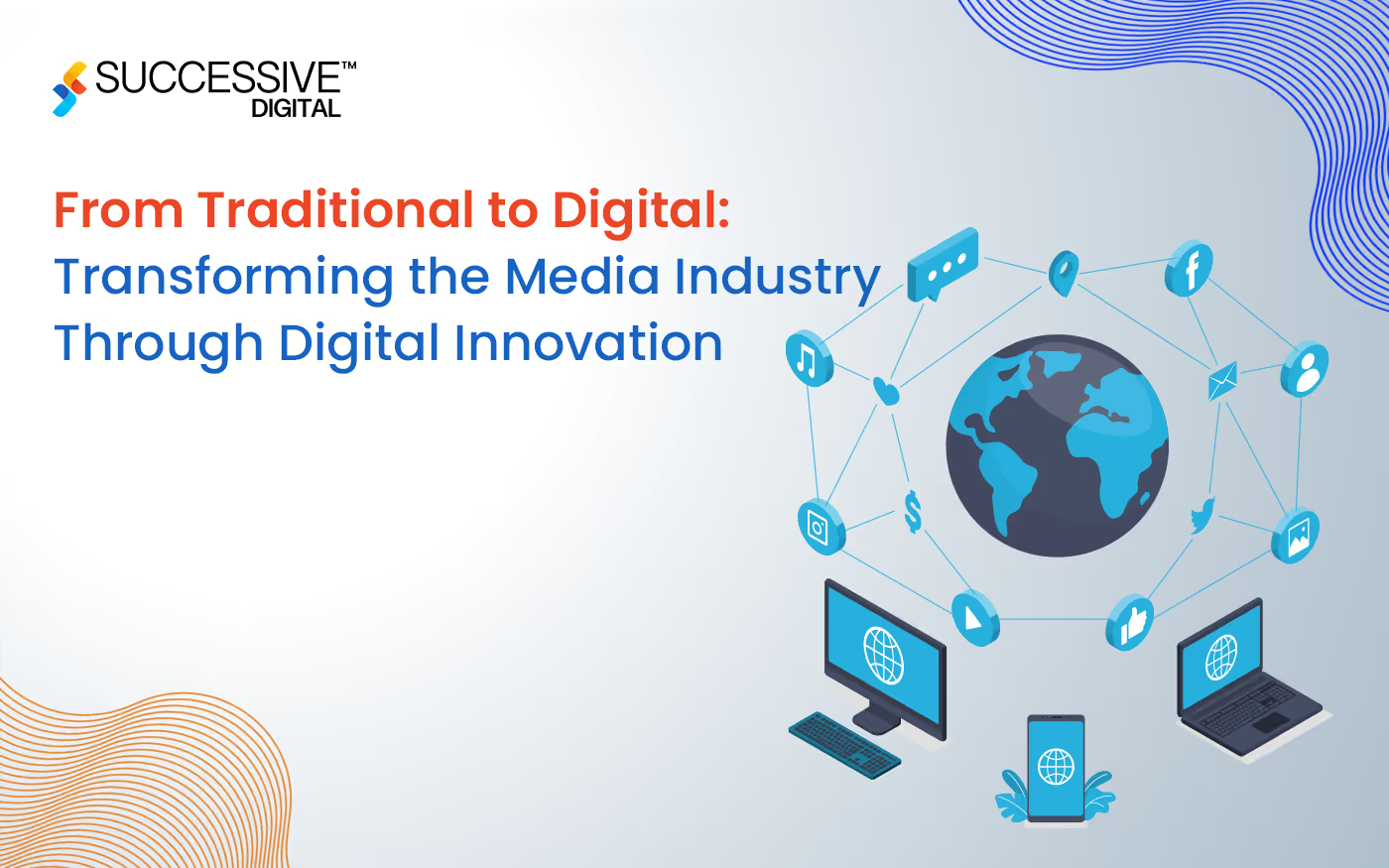
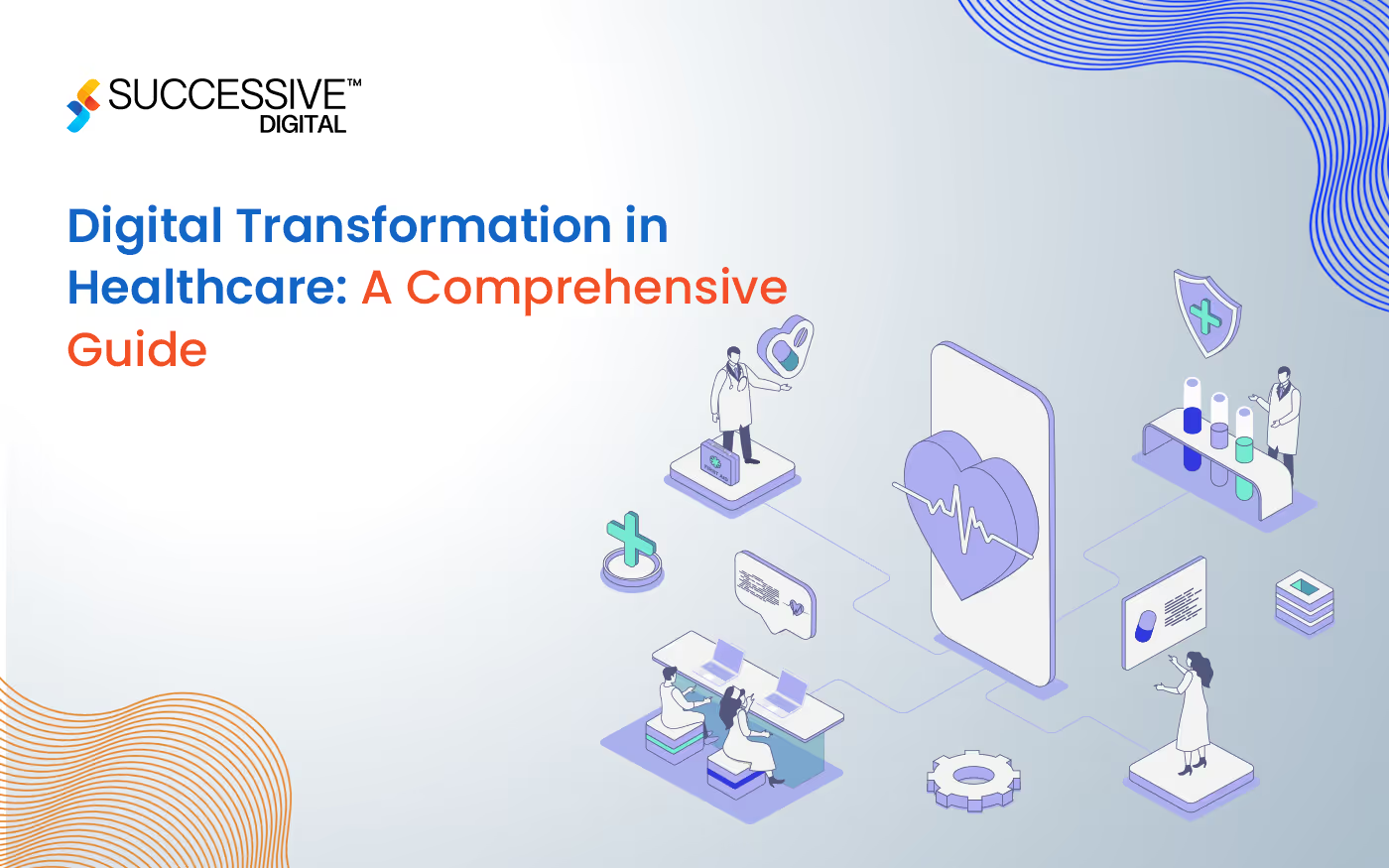
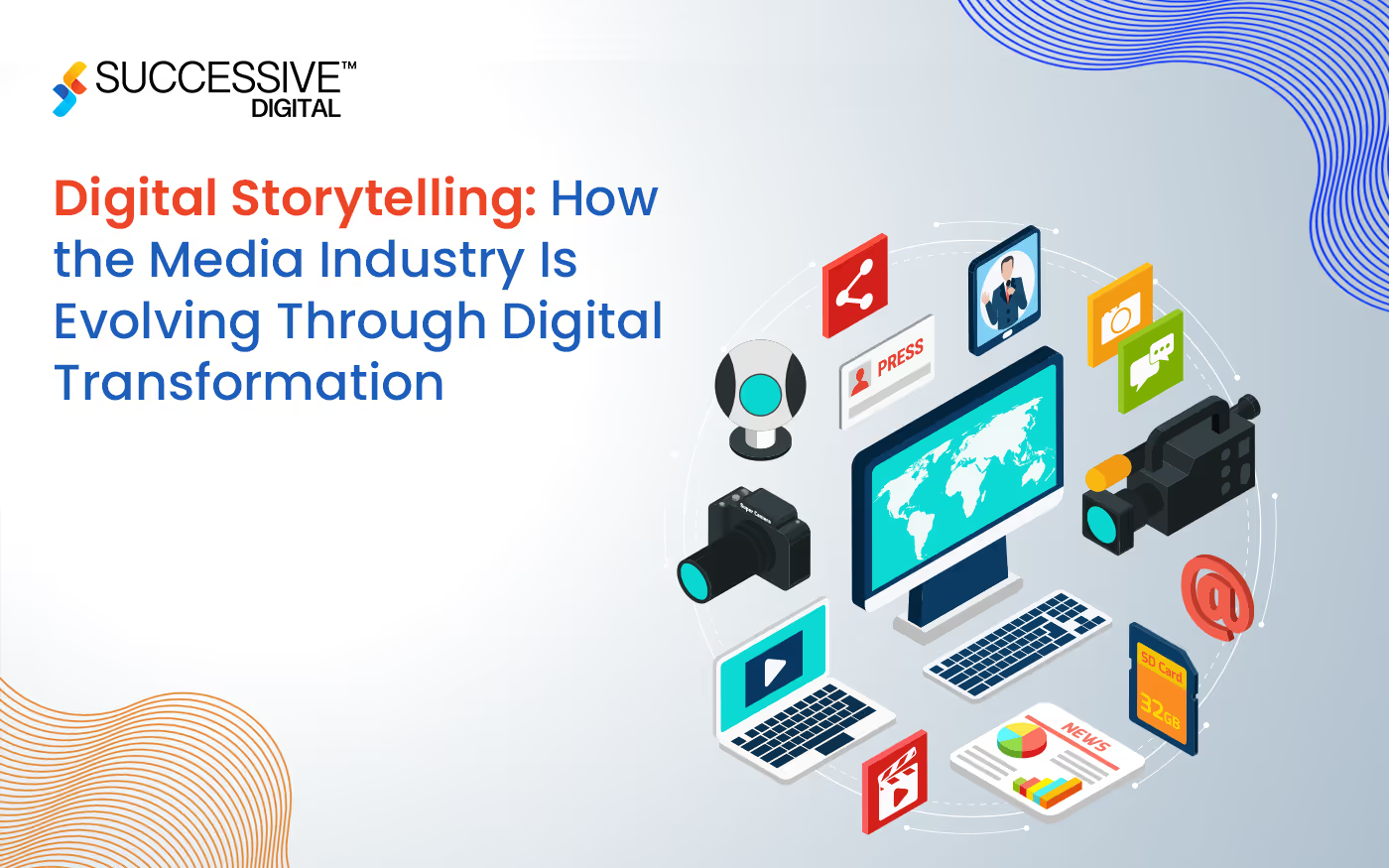
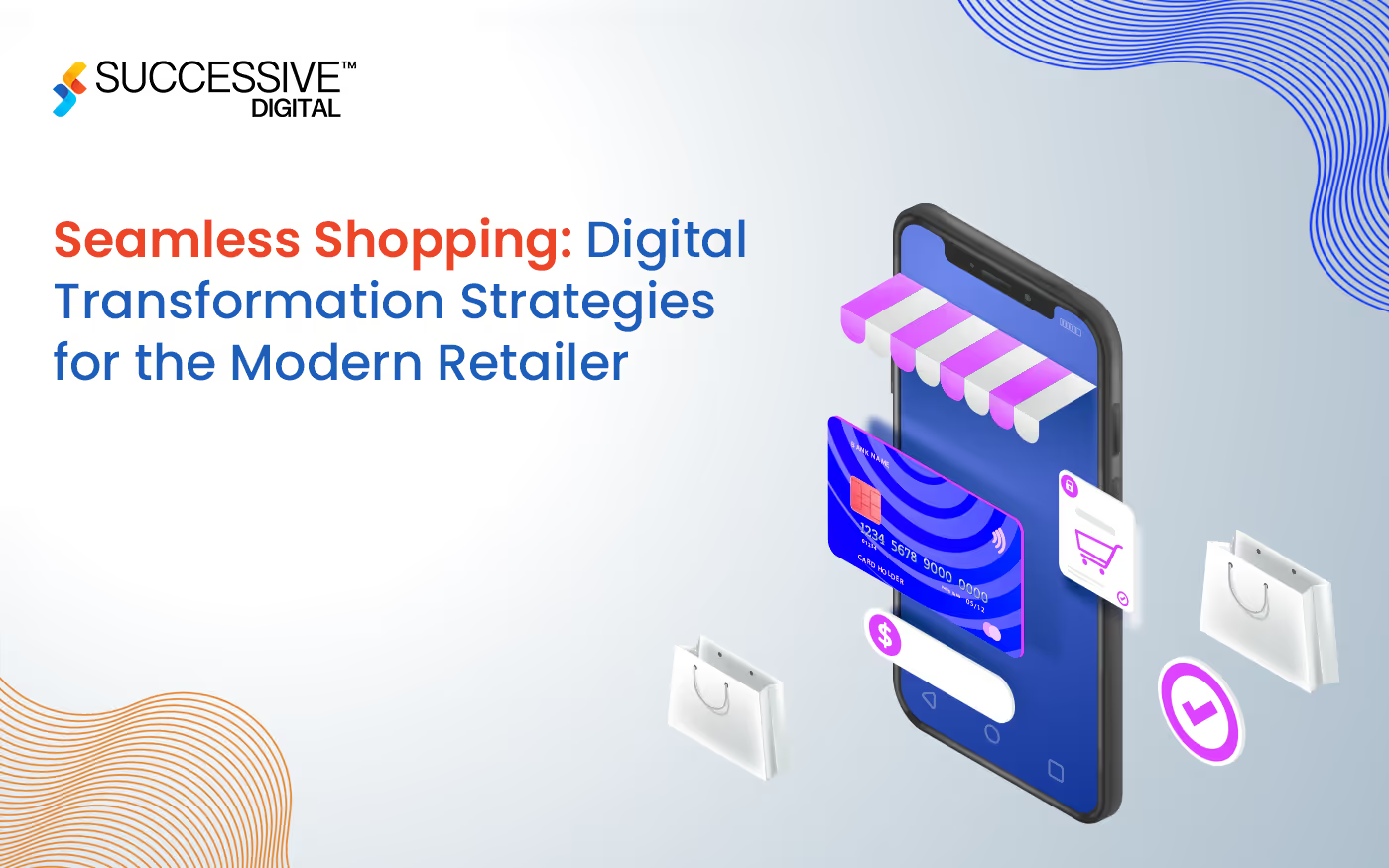
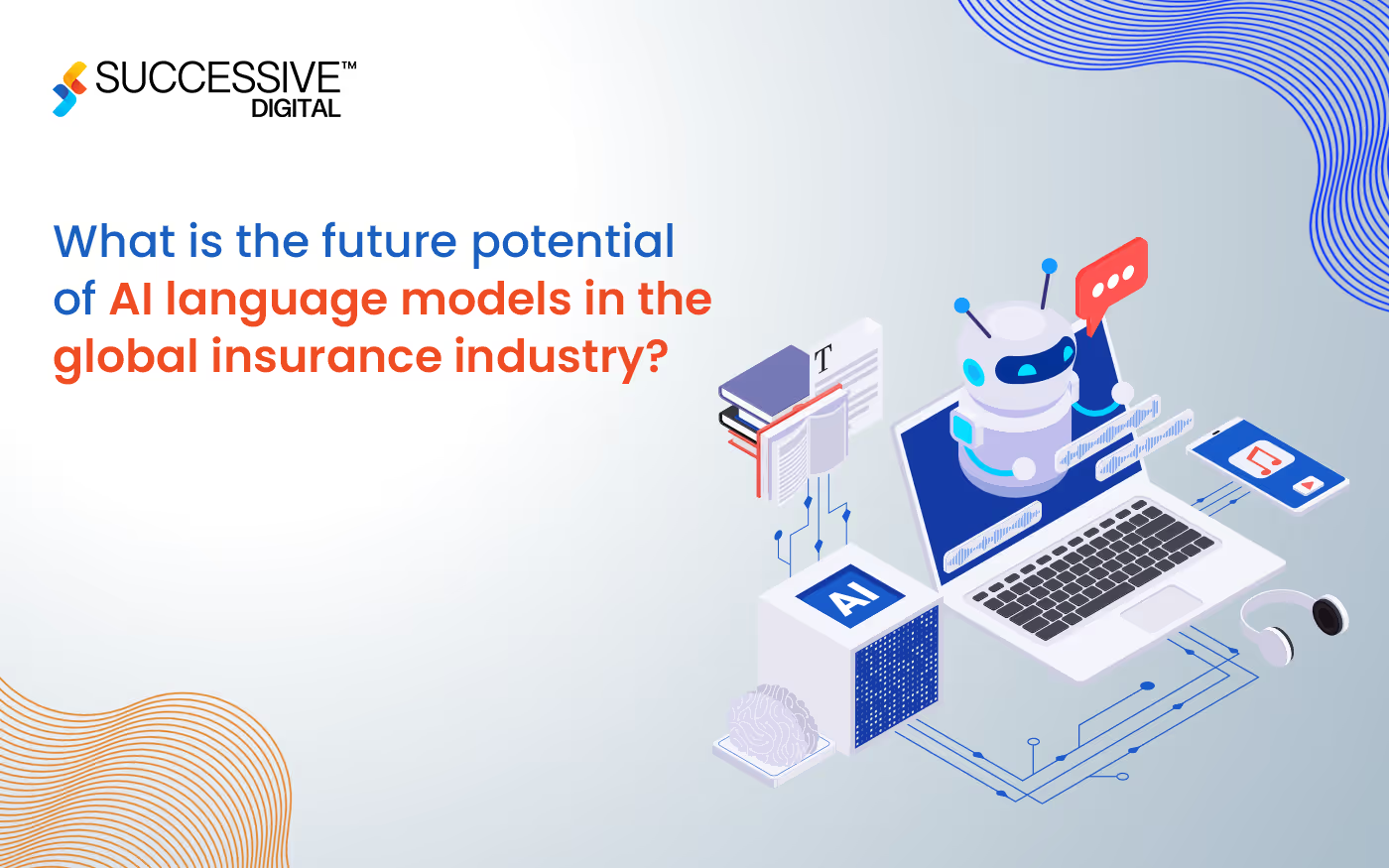


.jpg)









